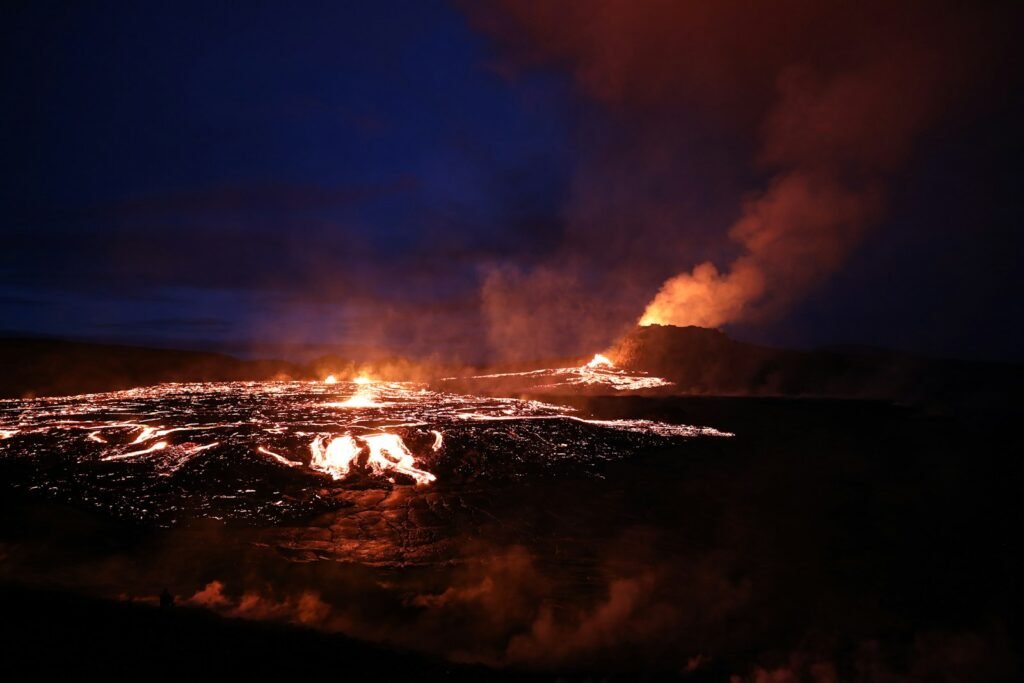The Great Invasion of Canada’s Pacific Coast
Haida Gwaii, a remote archipelago off Canada’s Pacific coast and home to the Indigenous Haida people, faces a severe ecological threat due to invasive species. Once filled with the sounds of orange-billed oystercatchers, the islands now contend with the overwhelming spread of non-native animals, particularly rats, European green crabs, and blacktail deer. The Haida are ...













